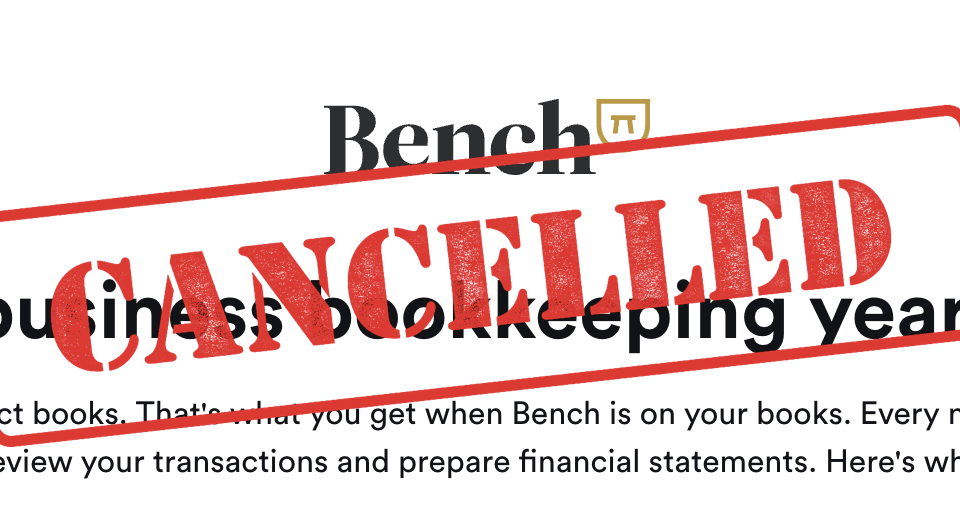How to keep your business in the black.
November 29, 2019Common Sense part 2:
May 9, 2020
The Common Sense Approach
There is a lot of confusion around the federal loan programs that are currently available. In particular the PPP loan. Backyard Bookkeeper would like to bring some common sense to the table.
The first point that needs to be made is everything around the Payroll Protection Program has been evolving from the moment it launched. Even now that we are well into our second round of funding, the situation continues to evolve. We still don’t know the requirements for paperwork or documentation in order to submit to qualify for the loan forgiveness.
Until those regulations are clarified and the forgiveness process is laid out officially by the SBA, the best we can do is follow the rules that have been issued and keep meticulous records so we can produce documents when they are required. Here is Backyard Bookkeeper’s guidance on the matter:
The government can forgive some or all of the loan, effectively turning the loan into grant income. Based on our current understanding, loan proceeds spent on “qualified business expenses” (more on that later) within the eight weeks from the date of the loan the government can forgive. As long as at least 75% of the total amount forgiven is spent on payroll.
What do you do with the funds when you get them? I have seen some bad advice circulating about how to manage the funds. So I will offer some Do’s and Don’ts.
- DON’T open a new bank account to manage the funds. Likely when you applied for the PPP loan you already provided your existing bank account number. So the deposits of the loan proceeds go directly there. What difference does it make to then transfer them elsewhere? You are adding significantly to your bookkeeping burden by moving money back and forth, and changing the bank account associated with your payroll service and other bills is, frankly, a major pain in the butt.
- DON’T create a new expense account in your bookkeeping to track qualified expenses. You will just have to change it all back later, because I promise there will not be a new line on the 2020 business tax return for “PPP expenditures”. Instead, there will continue to be lines for wages paid, rent, utilities, etc, and you will need to provide correct totals for those categories. Similarly, creating a separate bank ledger (even if it’s a sub account of your existing bank account) usually causes more work than it’s worth to maintain properly.
- DO continue to do your bookkeeping as you normally would, in your existing system.
- DO create a separate record, outside of your normal bookkeeping, of how you use the PPP loan funds. I recommend a spreadsheet where you add up all qualified expenses and calculate the remaining balance available from the loan. I created a sample worksheet I am happy to share. Download it here.
- DO keep easily accessible records of everything in electronic format. Download records of each payroll run from your processor and save them. Scan all checks for rent, utilities, contractor payments, etc, before you deliver them. Print online bill payment confirmations to PDF as soon as you make them. Then save copies of the invoice or bill that each payment applies to. Make sure you have documents proving every line on your worksheet.
- DO get help from a competent bookkeeper if you don’t already have a bookkeeper managing your company books. You don’t need to do this alone if accounting is not your forte!
Here’s the thing: this should be fairly easy for most small businesses who have managed to keep people employed so far. The original loan amount was based on 2.5x average monthly payroll, and they will forgive about two months’ worth of expenses (eight weeks, to be exact). So plan out how you will use the money and when, and ensure that it gets spent within that eight week window, and you should be fine. This may be more complicated for businesses that have furloughed employees or reduced pay during this time – in those cases I highly recommend you talk to your CPA for guidance.
And lastly, a list of those “qualified expenses” that one can count toward loan forgiveness:
- Gross wages for employees who earn less than $100k. When you run payroll, make sure you look for the gross pay amount, not net pay or total payroll cost. Gross wages include regular salary or hourly pay, bonuses, commissions, tips, paid leave, or severance pay.
- State employer tax. This isn’t usually a big amount for most businesses, but is worth listing here. Only look at taxes the employer pays. Do not include employee’s income tax withholding.
- The employer pays health benefits. Again, make sure you exclude any amounts paid by employees, such as health insurance deductions from their paychecks.
- The employer pays retirement benefits. Only count the portion matched by the employer; do not include payroll deductions.
- Rent
- Mortgage interest (assuming the business holds the mortgage)
- Utilities: electricity, gas, water, transportation, telephone, or internet



